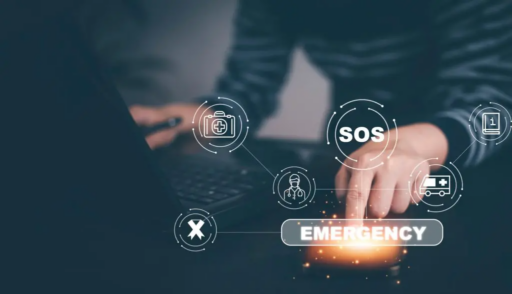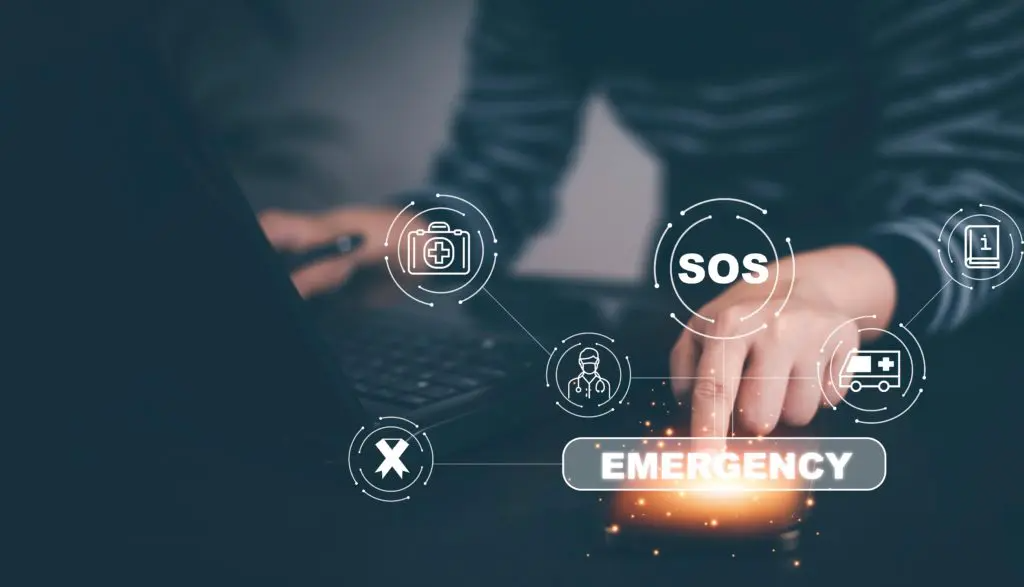When disasters strike, clear and coordinated communication is crucial. A well-planned response can help reduce panic and get critical information to those who need it most. Here are some tips for developing a communication strategy that will serve your community well in times of crisis.
Assign Roles and Responsibilities Upfront
Before an emergency occurs, define who will be responsible for key communication tasks. Designate a point person to oversee messaging as well as people to handle social media, spokesperson duties, and more. Having clear roles prevents confusion so your response can be well-organized.
Develop Multi-Channel Messaging
Rather than relying on a single method, craft a plan that uses various channels like social media, emails, texts, and public announcements. Different groups may prefer different mediums, so a diverse approach helps you reach the widest audience.
Prepare Template Messages in Advance
Take time now to write draft messages for common situations: evacuation orders, shelter locations, safety advisories, and so on. Having templates at the ready saves invaluable time during a fast-moving crisis while ensuring messaging stays consistent.
Regularly Update and Practice the Plan
An emergency response is only as good as its maintenance. Routinely review and revise the plan as personnel or technology changes. Hold practice drills to test the process and identify any gaps before a real disaster strikes.
Make Communication Accessible for All
Consider individuals with disabilities or language barriers. Provide updates through various formats like text, audio, and large print to accommodate diverse needs within the community. Inclusion leads to better outcomes for everyone.
Build Public Trust with Transparency
In a crisis, honesty and openness are vital. Commit to clear, regular updates stating what’s known, and what’s uncertain.
Coordinate with Local Partners
Join forces with government agencies, first responders, and civic groups to align messaging and combine resources. A united front reassures the public and maximizes efficient disaster response.
With diligent planning that incorporates these practices, any organization can strengthen its communication systems to serve community well-being through life’s uncertainties.







